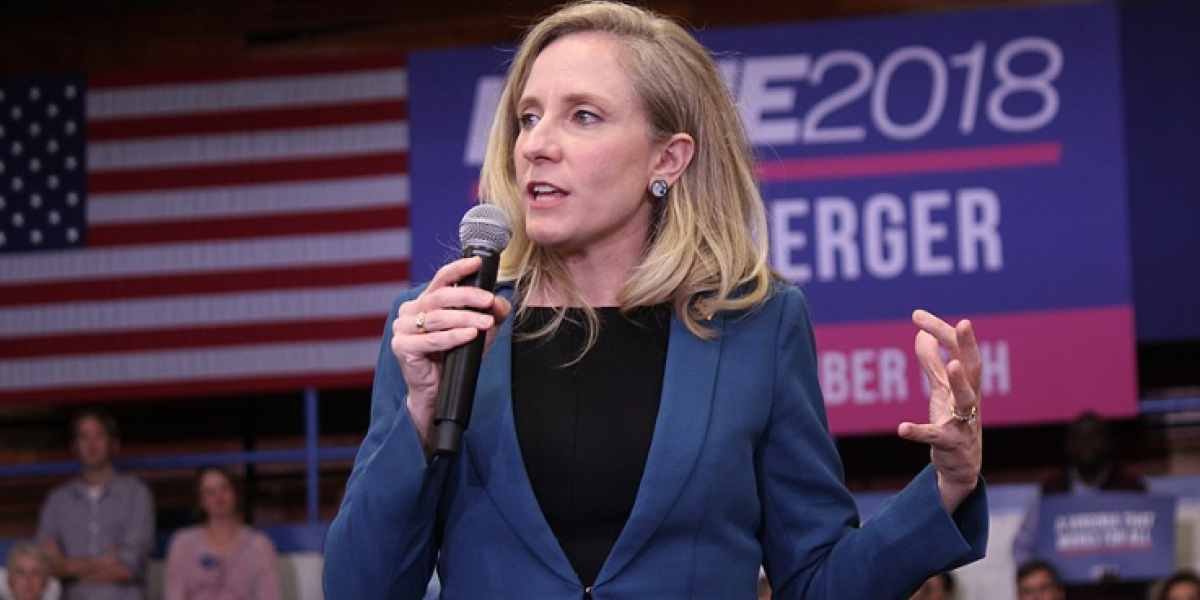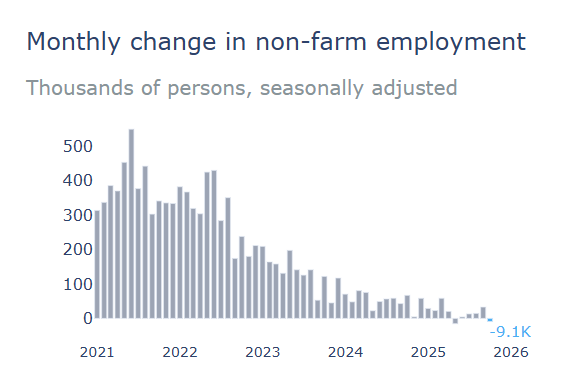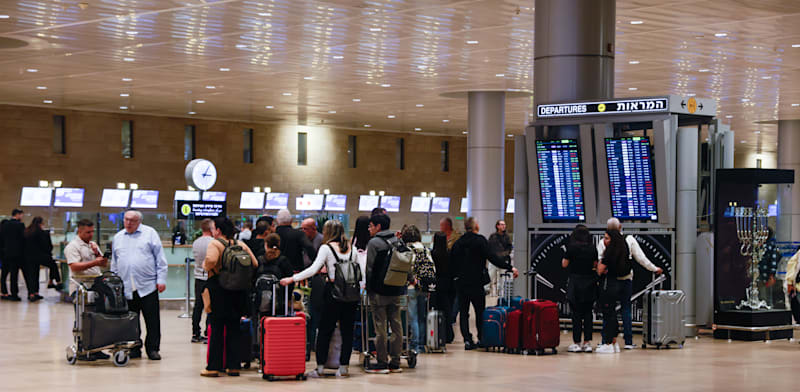In my most recent Mises Wire column, I described how it is problematic that federal employees—and others who rely on federal tax dollars for their paychecks—are allowed to vote. After all, these are people whose personal financial interests align with the interests of the federal government. Giving a vote to a federal employee is similar to allowing a politician to vote on his own salary or to vote on whether the federal government will hire the politician’s family members.
So, it stands to reason that federal employees (i.e., federal bureaucrats) are likely to vote in favor of expanding federal spending on the bureaucracy. Similarly, people who work for federal contractors are more likely to oppose candidates who are perceived to be supporting cuts to federal spending.
This isn’t always true, of course. Voters are motivated by a variety of factors, and votes are not predictable at the individual level. But, it’s reasonable to assume that voters will indeed be affected by personal financial concerns when they vote.
In recent days, the state of Virginia held an election for governor, and this provides an interesting case study on the matter. It seems that Virginia’s very large population of federal workers has played an important role in the victory of Democrat Abigail Spanberger. Specifically, CNN reports:
Spanberger outperformed recent Democratic candidates across the map in Virginia, likely fueled in part by the Trump administration’s gutting of the federal workforce. Thousands of current and former federal workers live throughout the region.
CNN’s exit poll found that Spanberger won 61% of the vote of those who have a federal worker or federal contractor in their household, compared to 52% support from those who do not.
In other words, the presence of federal employees and federal contractors in Virginia appears to have made a real difference for Spanberger.
Spanberger is herself a lifelong bureaucrat. She spent more than a decade with the CIA and then moved into a career as a “consultant” for colleges and universities. Every stage of this woman’s adult life has spent working for government or government adjacent and funded institutions. It’s easy to see why voting federal bureaucrats would consider her to be a kindred spirit.
But you may now be saying yourself “McMaken, are there really that many federal workers in Virginia?” The answer is yes. In fact, Virginia has the third highest number of federal employees as a percentage of the population.
As we can see in the graph, the highest is Maryland with 230 civilian employees per 10,000. Second is Hawaii with 171, and Virginia is third with 167 federal employees per 10,000 population. Virginia is more than double the average of 69.4 per 10,000.
Source: Current Federal Civilian Employment by State and Congressional District Updated September 12, 2025
It is worth noting that the federal employees that work in Virginia and Maryland aren’t like the usual employees who work for, say, the Bureau of Land Management’s district office in Boise, Idaho. Virginia and Maryland bureaucrats are far more likely to be involved in Washington politics and in highly paid administrative positions.
So, it’s not surprising that Virginia’s federal bureaucrats seem to be key in electing a CIA agent who has pledged to boost federal spending and expand the power of the state. Not that Republicans ever actually reduce the size of government. But, Republican rhetoric tends toward a certain performative opposition to federal spending and federal employees and contractors are likely to oppose this.
I also put together a graph of the relationship between federal employment and Trump’s margin of error in 2024. Trump ran on big cuts to the bureaucracy back in 2024, so we might wonder if this affected his margin in states with large numbers of federal employees.

In the top three states for federal employment, Trump lost handily. Those three states were clearly outliers, as we can see.
The presence of bureaucrats was probably not the deciding factor in those states, but it certainly didn’t help. We do see that Trump did fairly well in some states—such as Wyoming—with large numbers of federal employees. Federal employees in these areas likely lean to the left of the rest of the population but are not numerous enough to balance against the deeply Republican leanings of the general population. But, it’s quite plausible to think that the growth of the federally employed population in Maryland and Virginia around Washington, DC has ensured that those states will never support any candidate who suggests he might actually cut federal spending in any significant way.
After all, in all departments, federal employees’ political affiliations are more or less what you’d expect. Even non-civilian military federal employees give more to Democrats then Republicans—with the sole exception of the Air Force.

Source: FedSmith.com.
Image credit: Ezra Deutsch-Feldman via Wikimedia, licensed under the Creative Commons Attribution-Share Alike 4.0 International license.


























